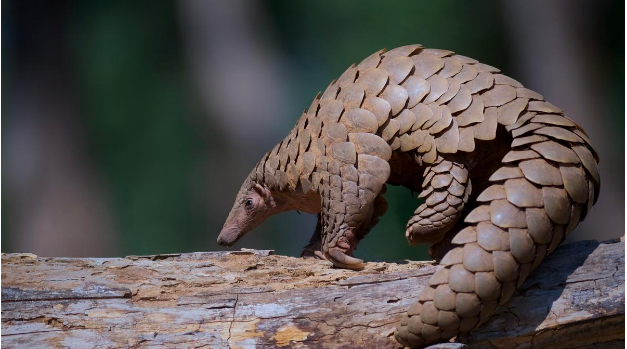Context:
Japan’s Prime Minister Fumio Kishida has now taken the initiative to raise the Global South for the developing or the so-called Third World to the top of the G7 agenda.
Japan steps for Global South:
Japan’s changing perspective under Kishida’s leadership:
With India:
Conclusion:
Japan’s new approach provides the basis for more substantive and wider collaboration between Delhi and Tokyo in the developing regions of the world. India needs to collaborate more and work in betterment and upliftment of the Global South.
Context:
In the 17 years since the implementation of the Mahatma Gandhi National Rural Employment Guarantee Scheme (MGNREGS), studies have shown its positive impact in rural areas.
Significance of the Scheme:
Challenges in Implementation:
Way Forward:
News Source: The Hindu
Context:
In presenting the Union Budget 2023-24, Finance Minister Nirmala Sitharaman claimed that the central government has improved the quality of life and ensured dignity for all citizens since 2014.
Status of Social Security Schemes:
In Rajasthan:
About National Social Assistance Programme (NSAP):
Criteria for social security schemes:
On Central level:
In Rajasthan:
Ensure Minimum Conditions And Dignity:
News Source: The Hindu
Context:
The fourth edition of the India-Japan bilateral Army exercise ‘Dharma Guardian’ began recently at Camp Imazu in Shiga province, Japan.
About Dharma Guardian Exercise:
Other Military Exercises between India and Japan:
News Source: The Hindu
Context:
The Reserve Bank of India (RBI) came out with draft norms for lending and borrowing of government securities with wider participation in the securities lending market.
What is Government Security (G-Sec)?
Dated G-Secs:
Repurchase (buyback) of G-Secs:
Trading in G-Secs:
Context:
On the eve of World Pangolin Day observed on February 18, a not-for-profit organization working on the international trade of animals and plants has brought out a fact sheet reporting that 1,203 pangolins have been found in illegal wildlife trade in India from 2018 to 2022.

Image Source: The Hindu
Findings of the publication, titled ‘India’s Pangolins Buried in Illegal Wildlife Trade’
About Pangolins:
| Additional Information:
About TRAFFIC
|
Source: The Hindu, traffic.org
Context:
A recent footage of eight lions taking a midnight stroll in the streets of a Gujarat village raises concerns over approach to wildlife conservation.
| Probable Question:
Q. Increasing number of man- wildlife conflict shows the need of course correction in approach towards wildlife conservation. Discuss. Also, highlight the steps taken by Government in this regard. |
Human Wildlife-Conflict:
Issues in wildlife conservation:
Objectives of wildlife conservation:
Steps taken by Government for Conservation:
Way Forward
About Asiatic Lion:
Distribution:
Protection Status:
Conservation Efforts:
|
Context:
Union Rural Development Minister has said that the MGNREGA Act should be amended to change the contribution of funds from 100% by the government to a 60:40 split between the Centre and the States.
About Mahatma Gandhi National Rural Employment Guarantee Act (MGNREGA):
Utility of MGNREGA
Challenges in implementing the Scheme:
Issues related to recent proposal:
Way Forward
Scheme for Care and Support to Victims under POCSO...
Addressing the Fatal Consequences of Illegal Hoard...
World Bee Day 2024 and Honey Production in India
SC Verdict on Newsclick Shows Adherence to Due Pro...
Stay Invested: On Chabahar and India-Iran Relation...
Credit Rating Agencies, Impact on India’s De...
<div class="new-fform">
</div>
